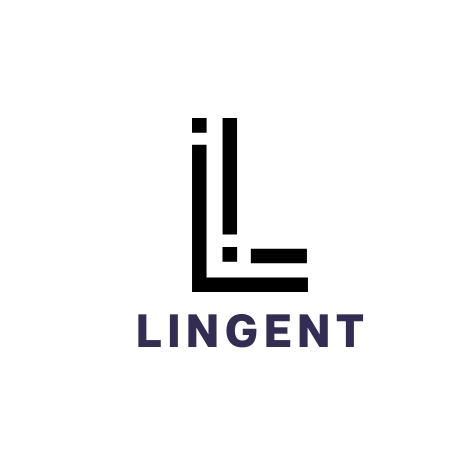Navigating the maze of financing opportunities
For entrepreneurs and business leaders, understanding the vast landscape of financing opportunities is akin to navigating a complex maze. Each turn presents a new option, from traditional bank loans to innovative crowdfunding platforms. The key to successful navigation lies in a deep understanding of the various financing mechanisms available and how they align with your business goals.
Strategic financial planning is the cornerstone of any successful business venture. It involves a careful analysis of current assets, projected revenues, and potential funding sources. This planning ensures that businesses are well-equipped to seize growth opportunities while maintaining financial stability.
Types of Financing Available for Businesses
Debt financing is a traditional route many businesses take. It involves borrowing funds that must be repaid over time, typically with interest. Options include bank loans, credit lines, and commercial mortgages, each with its own set of terms and conditions.
Equity financing involves exchanging a portion of ownership in the company for capital. This can come from angel investors, venture capitalists, or even friends and family. Unlike debt financing, equity does not require repayment, but it does dilute ownership and control.
Alternative financing options have gained popularity in recent years. Crowdfunding platforms allow businesses to raise small amounts of money from a large number of people, while grants provide funds without the need for repayment, though they often come with specific conditions and requirements.
Assessing Your Business's Financial Needs
Choosing the right type of financing is critical. It requires an assessment of your business's stage of development, industry, and financial health. Each financing option has its advantages and drawbacks, and the right choice will align with your company's strategic goals.
Calculating the precise amount of funding your business needs is a delicate balance. Overestimating can lead to unnecessary debt or dilution of equity, while underestimating can stifle growth. A thorough financial analysis is essential to determine the right amount.
Preparing for the Financing Process
A strong business plan is your roadmap to success and a critical component of any financing application. It should outline your business model, market analysis, operational strategy, and detailed financial projections.
Financiers will require a range of documentation to assess your application. This includes financial statements, tax returns, legal documents, and more. Being prepared with organized and accurate documentation can streamline the financing process.
Exploring Traditional Financing Options
Bank loans are a common form of debt financing, offering various terms and interest rates. SBA loans, backed by the Small Business Administration, provide additional support to small businesses with lower interest rates and favorable terms.
Corporate bonds are a way for companies to raise capital by issuing debt securities to investors. Lines of credit offer flexible borrowing options, allowing businesses to draw funds as needed up to a specified limit.
Embracing Alternative Financing Solutions
Angel investors and venture capitalists are sources of equity financing that not only provide capital but also valuable expertise and networking opportunities. They typically seek businesses with high growth potential and a clear exit strategy.
Crowdfunding and peer-to-peer lending platforms offer a modern approach to raising funds. These platforms can provide access to a wide audience of potential investors and lenders, often without the stringent requirements of traditional financing.
Understanding the Role of Credit and Collateral
Your credit history plays a significant role in securing financing. A strong credit score can lead to better terms and lower interest rates, while a poor credit history may limit your options or increase costs.
Collateral can be used to secure loans, reducing the risk for lenders and potentially improving the terms of financing. However, it's important to understand the risks involved, as assets may be forfeited in the event of default.
Navigating Government Grants and Incentives
Government grants can provide a valuable source of funding without the need for repayment. Researching available grants and understanding the application process is crucial for success.
Compliance with regulations and eligibility criteria is essential when applying for government grants and incentives. Thorough preparation and understanding of the requirements can increase the likelihood of securing this type of funding.
Strategies for Successful Financing Applications
To secure financing, it's imperative to present a compelling case that highlights the strengths and potential of your business. This involves a persuasive pitch and a clear demonstration of how the funds will be used to generate growth and returns.
Negotiating favorable terms and fully understanding the agreements you enter into are final, yet critical steps in the financing process. It's important to ensure that the terms align with your business's long-term objectives and that you are fully aware of all obligations and covenants.






Comments (0)